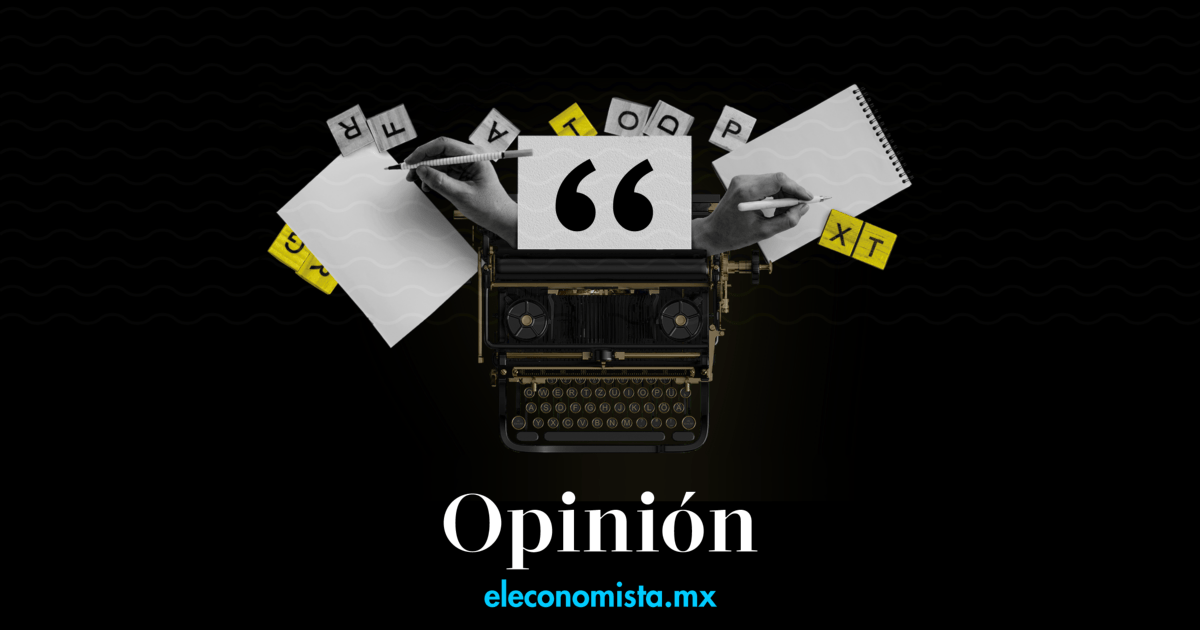After months of wrangling, the European Union has joined the G7 nations and Australia in imposing a maximum price on Russian oil exports, to try to deprive Russia of some of the windfall profits it is reaping since it invaded Ukraine. The move is one of the strongest taken against Russia since the invasion, but it is unclear whether it will achieve its goal any time soon. Still, in the medium term, Russia is emerging as the eventual loser of weaponizing fossil fuels.
The price cap, imposed on Russian oil exports by sea, is intended to limit the price Russia can charge for its oil exports to $60 a barrel (the current price was $86). It will be reviewed every two months to ensure that the cap remains at least 5% below the average price of Russian oil. The G7 and the EU plan to enforce the cap by banning insurance coverage for any Russian oil-carrying vessel that violates the cap. With the US and European countries providing most of the insurance for global oil shipments, Russia and its trading partners would be forced to abide by the maximum price or use uninsured ships.
The price cap idea had been promoted by the United States since Russia invaded Ukraine in February. The underlying goals are to deprive Russia of revenue — Russia is the world’s third-largest oil producer, and oil and gas exports account for about a third of government revenue — while helping to combat energy inflation in everywhere, even in emerging countries. markets that have been affected by high world energy prices.
However, many countries, notably China and India, have not agreed to abide by the cap, which will limit its effectiveness. Russia defied previous sanctions by increasingly relying on a “dark fleet” of ships to transport its oil undetected, often transferring oil cargo from one ship to another while at sea. These “shady” ships could continue to carry Russian oil without insurance, but their numbers are limited and they pose environmental and safety risks, as they are older, often poorly maintained ships that now lack insurance coverage. Perversely, the shortage of dark ships could reduce the world’s supply of oil, which could drive up world prices.
Meanwhile, Russia has responded to the sanctions with fresh aggression of its own. On December 5 it will block all oil exports to Europe in retaliation for the cap and has threatened not to sell oil to any country participating in the plan. On December 4, he also agreed with the OPEC+ group to maintain strict production quotas, in the hope of further forcing world oil prices.
Will Western nations succeed in reducing Russian fossil fuel revenues with this new sanction, limiting their ability to wage unlimited war? In the short term, probably not. Supply restrictions and/or fears of oil shortages could drive oil prices even higher in the short term, which will benefit Russia. Despite Western sanctions, Russian revenue from fossil fuels is likely to reach a record in 2022. The reason for the higher revenue is, first, that prices have skyrocketed since the invasion; and second, that increased exports to other countries such as China, India, and Turkey have filled the gap left by the United States and Europe, keeping the total amount high. Experts estimate that Russia’s revenue from fossil fuel exports in 2022 will be 38% higher than the previous year. Even with the price cap, in the near term Russia will probably have plenty of revenue to continue financing its war in the Ukraine.
Other measures might have been more effective in curbing Russian income and keeping oil flowing globally. One, briefly mentioned at the start of the crisis and later dropped, was a tariff on Russian oil exports. This proposal did not involve any interference with the world oil market except for a specific domestic tariff on any oil imported from Russia. The approach would have had two advantages: it would have limited Russia’s revenue, as the price cap proposes, but the importing country would collect revenue from the tariff, which it could use to compensate users for high prices.
However, perhaps a bigger question to ask is how the war, the various sanctions, including the price cap, and the major disruptions in global oil markets over the past 10 months will affect Russia in the medium to long term. Although high prices benefited Russia in 2022, they have also served another function, which is to divert Western demand for fossil fuels, especially those from Russia.
So far in 2022, Europe has reduced its dependence on the Russian pipeline from 40% of the total to 8%; and demand for natural gas in general is down 10% in Europe. In the United States, the demand for gasoline and diesel has fallen between 6.7% and 11.5%. New sources of natural gas, especially LNG, are being developed in Algeria, Azerbaijan, Egypt, the United States and, more recently, Qatar and Mozambique. In the medium term, the largest, most prosperous and most convenient customers in Russia (the EU) will have turned elsewhere for supplies.
More importantly, what is often overlooked in the discussion of the latest global energy crisis is that high prices are key to turning nations away from “dirty” fossil fuels. The evidence shows how effectively high oil and gas prices are pushing Europe towards other options. In fact, despite the alarming forecasts at the beginning of the crisis, the European industry is currently producing at historically high levels. The German Ifo Institute recently published a survey showing that 75% of industrial companies that use natural gas in their production processes have reduced gas use without reducing production; and 40% said they could cut further. European industrial and small users have also reduced their consumption, by 19% and 36%. This impressive performance shows that Russia has failed to wreak havoc in Europe by weaponizing oil and gas. In fact, high prices have achieved what almost no other policy can: induce users to reduce their consumption, with surprising degrees of success.
If prices remain high, Western nations will demand less and less oil and gas. If the recession in Europe materializes and a global slowdown ensues, energy demand will continue to fall. Past experiences with oil crises have shown that the first to pull back when fuel prices are weaponized are often the oil producers themselves, as months go by and they see demand and revenues dwindle. Even when the price cap was finally implemented this week, oil prices had fallen from a post-invasion high of $120 to $85. With any luck, even with the price cap, the Ukraine crisis will be the catalyst that will push Europe across the “bridge” from dirty fossil fuels to renewables. If this happens, the winner will be Europe and Russia’s economy will be weakened for decades to come.
*The author is Professor of Economics at IE University.
hartford car insurance shop car insurance best car insurance quotes best online car insurance get auto insurance quotes auto insurance quotes most affordable car insurance car insurance providers car insurance best deals best insurance quotes get car insurance online best comprehensive car insurance best cheap auto insurance auto policy switching car insurance car insurance quotes auto insurance best affordable car insurance online auto insurance quotes az auto insurance commercial auto insurance instant car insurance buy car insurance online best auto insurance companies best car insurance policy best auto insurance vehicle insurance quotes aaa insurance quote auto and home insurance quotes car insurance search best and cheapest car insurance best price car insurance best vehicle insurance aaa car insurance quote find cheap car insurance new car insurance quote auto insurance companies get car insurance quotes best cheap car insurance car insurance policy online new car insurance policy get car insurance car insurance company best cheap insurance car insurance online quote car insurance finder comprehensive insurance quote car insurance quotes near me get insurance








